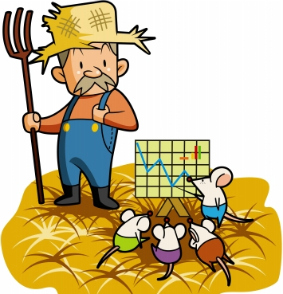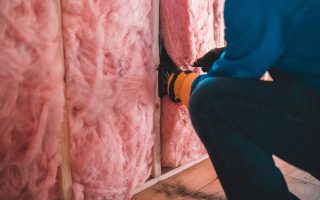Rodent Control in Your French Home …Not for the Squeamish
Advice

It’s That Time of Year
As it gets colder outside little critters seek comfort indoors. Scuttering noises, funny smells or droppings are signs that you have an unwanted guest in your home. Left untreated you could soon have a large population in your home. There is a decision to be made and fast. Do you call an expert or do you deal with it yourself?
DIY:
If you’re going the DIY route the first order of business is to know what you are dealing with. Underestimating the size of the infestation can cause problems in treatment, therefore identifying the signs of rodents is important:
•Droppings (crottes): mice leave small droppings, about the size of a grain of rice. Rat droppings are about the size of an olive stone. Dry is old. Soft and shiny is fresh. Please wear surgical gloves when checking the droppings!
•Smell: Rodent urine has an ammonia smell to it, the stronger the smell, the bigger the infestation.
•Marks: Rodents have oily fur, look out for dirty oily rub marks or shiny brick/stonework. Inspect window ledges, foundations, conduits, along walls, behind plasterboard and so on. Check for footprints. A dusting of flour will show up their tracks a lot easier.
The cheese-loving mouse comes from cartoons. In real life they actually prefer sugary foods. You have 3 options, snap traps, live traps or poisons. Snap traps can be gruesome and only kill one at a time. The most effective baits are chocolate paste or peanut butter. Place the bait end facing the wall (glue pads are available but are unnecessarily cruel). Live traps or cages must be inspected on a daily basis and must have food and water. When you release them, do it several kilometers away and not where they can cause a nuisance to others. Poison baits are readily available in shops. Always read the label and wear gloves. Secondary poisoning is always a danger, so consider the environment and any other species that eat rodents. Bait along runways, indoors every 2-3m, outdoors 4-5m apart. Waterproof and anti-tamper bait stations are available. Poisons shouldn’t be left indefinitely. Recommendations are that you shouldn’t bait for more than 35 days, then leave alone for one month before re-baiting. Mice and rats can take up to a couple of weeks to try new food source, so don’t expect an immediate result. They also have poor eyesight so if the baits are not working try placing them a little closer to each other.
The most common visitors are Mouse Mus Musculus. It’s greyish with a short head and body. An adult is about 10-15cm including tail, weighing in at about 20 grammes. It lives up to 10 metres from its food source and will live up to 18 months but is sexually mature after a month, so it can have 8 litters of 5 pups each per year. They eat little and often and can get most of their fluid intake from the food. Rat Rattus Norvegicus (the most common in Europe) is brownish or grey in colour, with an adult average length 40cm and weighs in at an average 350g. Sexually mature in 2-3 months it is able to have 4-7 litters of up to 12 pups each per year. Did you add that up? That’s why you need to act quickly.
Rodent wrestling is not for everyone. In the case of a second home, the complexity of controlling pests at a distance adds to the anxiety. But even if it is your permanent home, there may be no candidates to take on the job. The word “mouse!” can send burly men skipping like a cossack on hot coals. Time to call in reinforcements.
Professionals:
How do you know if it’s time to forget the DIY and call in a professional?
“I’ve been asked that question a lot,” says Rob Moon of Applicateur3D.com, “DIY jobs can be effective but misdiagnosing any pest or incorrectly treating the problem could lead to a much bigger problem. I’ve had several cases where clients have thrown a few poison sachets into a room thinking: job done. The most common mistake is the use of inappropriate baits. I visited a farmer who had tried grain baits at a wheat farm. Why would you go for the trap if you had a mountain of grain all around to choose from? Rodents should be enticed to take your bait and not what’s already there. Due to the rate rodents reproduce, 5 can easily become 50-60 in under 3 months in perfect conditions. So I guess my answer is this: if you are not absolutely sure what to do, call a professional. Look up dératisation, désinsectisation, désinfection, or control de nuisibles. They are trained in rodent control and use professional products which are not available in shops. Pest controllers in France must have a DAPA certificate – the English diploma (NPCA or equivalent) is no longer valid in France.”
A qualified “Dératisateur” (DAPA certificated) has artisan status. They have been trained to identify rodent traces and can recommend the best treatment.
•S. Davis, P&L Editor
With thanks to Rob Moon 02 48 60 83 72
Share to: Facebook Twitter LinkedIn Email
More in businesses, food, shops
Leave a reply
Your email address will not be published. Required fields are marked *




REPLY